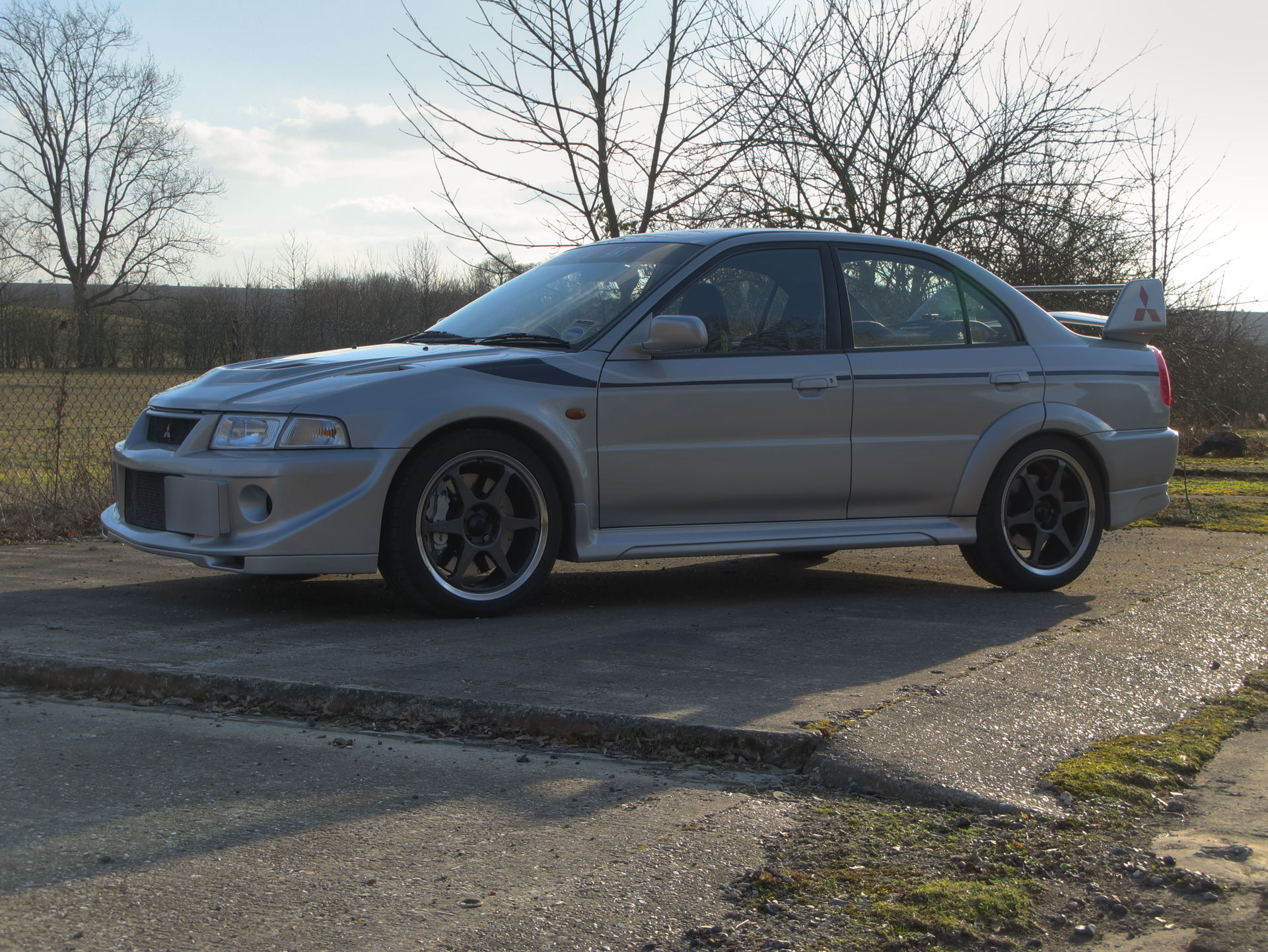Here are a few photo’s of the car after my first attempt at doing the HDR thing. Click on the image you want to view for a medium sized image and then click on it again to view a larger size image.
A little more information on HDR can be found by reading on.
To create the images of my car I used a clean car, a tripod, a canon G9 shooting in RAW mode with AEB and Photomatix HDR software.
I set my Canon up on a tripod and set the AEB function on the Canon G9 and selected a 2 second shutter press time delay (to attempt to settle the camera). Once that was done I changed the AEB function to extend the range and repeted the shutter press.
This resulted in 6 images being take. I then fed the images into the PC and selected the 5 images (not 6 as 2 images were taken at 0 AEB). I let the sortware process the RAW images to produe large Tif image files and then Tone mapped them. I then fiddled with the settings which resulted in the HDR images above.
Here is an explanation from Wikipedia about what AEB is:
Autobracketing is a feature of some more advanced cameras, whether film or digital cameras, particularly single-lens reflex cameras, where the camera will take several successive shots (usually three) with slightly different settings. Later, the best-looking pictures can be picked from the batch. When the photographer achieves the same result by changing the camera settings between each shot, this is simply called bracketing.
The most common type of autobracketing is exposure autobracketing, where the camera is set to capture the same image several times with slightly different exposure settings, both over-exposed and under-exposed (lighter and darker) compared to the current setting on the camera. Depending on the camera, the difference between each of the autobracketed shots could be anywhere up to two stops in each direction, in half-stop or one-third stop increments.
Cameras can perform autobracketing by adjusting either the shutter speed or the aperture setting, but not both at the same time. Exposure autobracketing is most commonly used with color reversal film (slide film) because of its small exposure latitude compared with print film (which has a wide exposure latitude) and digital cameras (which enable the photographer to review the captured image). In digital photography, autobracketing is convenient to shoot pictures for High dynamic range imaging.
Here is an explanation from Wikipedia about what HDR is:
In image processing, computer graphics, and photography, high dynamic range imaging (HDRI or just HDR) is a set of techniques that allow a greater dynamic range of luminances between the lightest and darkest areas of an image than standard digital imaging techniques or photographic methods. This wider dynamic range allows HDR images to more accurately represent the wide range of intensity levels found in real scenes, ranging from direct sunlight to faint starlight.[1]
The two main sources of HDR imagery are computer renderings and merging of multiple photographs, which in turn are known as low dynamic range (LDR)[2] (also called standard dynamic range (SDR)[3]) photographs.
Tone mapping techniques, which reduce overall contrast to facilitate display of HDR images on devices with lower dynamic range, can be applied to produce images with preserved or exaggerated local contrast for artistic effect.
Here is a little bit of information about Photomatix HDR:
If you have ever photographed a high contrast scene, you know that even the best exposure will typically have blown out highlights and flat shadows. Photomatix offers two ways to solve this problem:
› HDR Tone Mapping: Reveal highlight and shadow details in an HDR image created from multiple exposures. › Exposure Fusion: Merge differently exposed photographs into one image with increased dynamic range. Photomatix Pro is a stand-alone program that creates and processes HDR (High Dynamic Range) images, and runs on Mac OS X and Windows. A free Lightroom Plug-in makes it possible to access the program directly from Lightroom, if desired. Some of the features of Photomatix Pro are also available as a Filter Plug-in of Photoshop CS2 or higher and an Edit Plug-in of Aperture 2.1.




